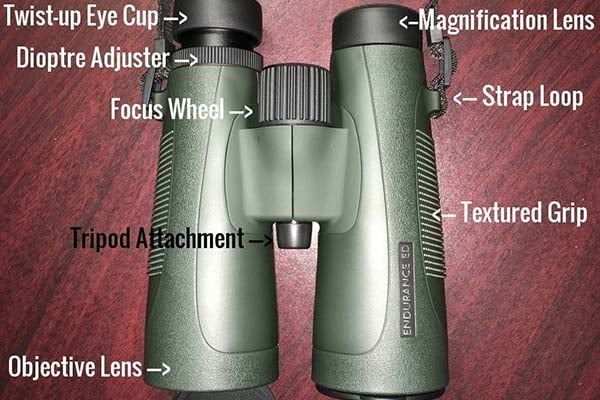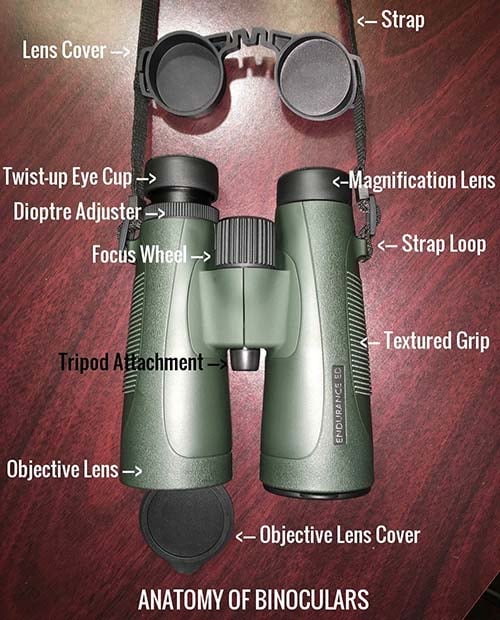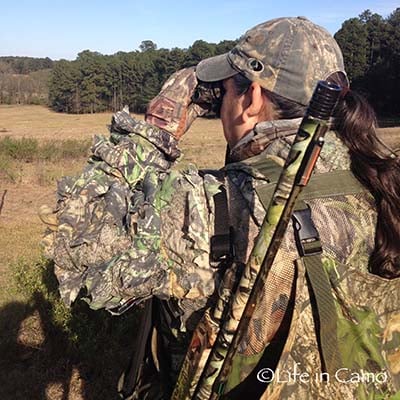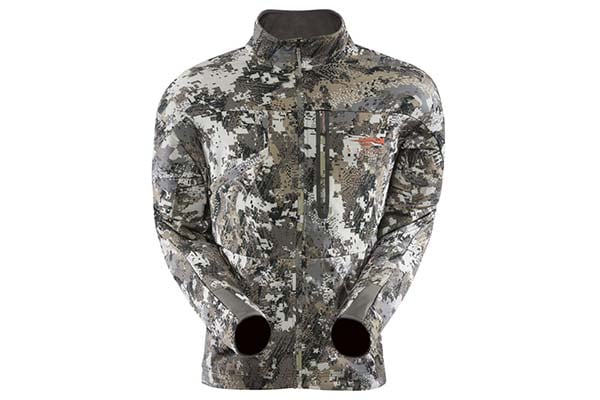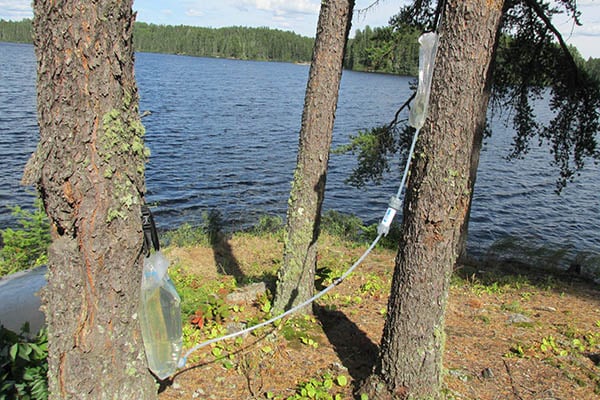Last Updated on
The fall hunting season is nearly here, and hunters around the country will be gearing up for an exciting new season. Hunting binoculars are a popular purchase this time of year, whether its an upgrade to a better model or the first binocular for your collection, it’s always wise to understand what you’re getting before you buy. Here are critical terms to understand before you choose the right binocular for your hunting season.
Magnification And Objective Lens
Magnification and Objective lens are the optical powers of binoculars and are categorized by a formula of magnification and objective lens size, such as 8×32, 10×42, or 12×50. The first number in the formula refers to how many times closer an image would appear than with the unaided eye. The greater the magnification also means that the binoculars will be harder to stabilize on the object you are viewing.
The second number in the formula is the diameter of the objective lens measured in millimeters. The larger the objective lens, the more light gathering capabilities the binoculars will have, and the brighter the image. This is crucial when using binoculars at dusk or in low light conditions.
Field Of View
Field of View is the side-to-side measurement which is the widest dimension of the circular viewing field seen through the binoculars. The FOV is defined by the width of feet to the area visible at 1,000 yards or in degree; one degree equals 52.5 feet per 1,000 yards. Binoculars that feature a wider FOV are ideal for viewing active wildlife. In general, the higher the magnification of a pair of binoculars, the narrower the FOV will be.
Exit Pupil
The Exit Pupil refers to the beam of light that is visible by the user’s eye at the ocular eyepiece. The higher the exit pupil, the brighter the image will appear, especially in low light conditions. To determine the size of the exit pupil, divide the objective lens diameter by the magnification power. If your binoculars have an objective lens diameter of 36mm and a magnification power of 8, then the exit pupil is 4.5mm.
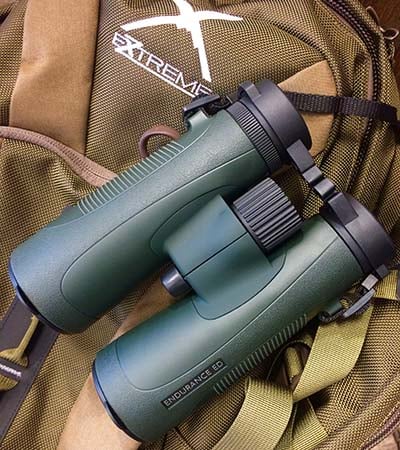
Eye Relief
Eye Relief is the distance from your eye to the eyepiece at which you still see the full field of view. The distance is measured in millimeters an varies from 5 mm to 24mm. Eye relief is especially important for eyeglass wearers. A long relief of at least 13-15 mm will allow a user to wear glasses when viewing through binoculars.
Eye Cups
Adjustable Eye Cups are useful in allowing for the adjustment of how close the eyepiece is to the eye. It is also great for blocking light from entering the sides of the ocular lens when looking through them. The intrusive light can cause eye fatigue, so if you plan to spend great amounts of time glossing terrain, having this feature on your binoculars would be a great asset.
Close Focus Distance
Close Focus Distance is the minimum distance in which binoculars will focus on an object. The binoculars will not focus on a subject closer than that distance. This may not be as important for hunters as it would be for bird watching, but it is nice to know that you can focus up to that minimum distance if you need to.
Adjustable/Center Focus binoculars use a single wheel to focus on objects both close or very far away. The most common style of adjustable binoculars is adjusted by a wheel mechanism between the two parallel scopes and they adjust both scopes simultaneously.
Weather / Waterproof / Fogproof
Waterproof/Weatherproof binoculars are a must for hunters. With today’s technology and product standards, the majority, if not all of the binoculars manufactured for hunting are waterproof and fogproof. A hunter never knows when they might get caught in changing weather. Waterproofing not only keeps water out when it is raining, it also keeps the binoculars form fogging up with climate changes.
Fogproof binoculars are designed to prevent moisture related problems because the air inside the binoculars is replaced with Nitrogen.
Rubber Armor
A Rubber Outer Coating is helpful when handling the binoculars with gloves or when using the binoculars in cold or hot weather; the exterior will not get extremely hot or cold.
Roof Vs. Porro Prisms
Roof Prisms allow the binoculars to be compact and contoured. Roof prisms offer an optical image equal to the best Porro Prisms available.
Good quality binoculars, both optical and mechanical, are indispensable. Premium quality binoculars are more costly, but will prove worth the price in performance and will last many years.
